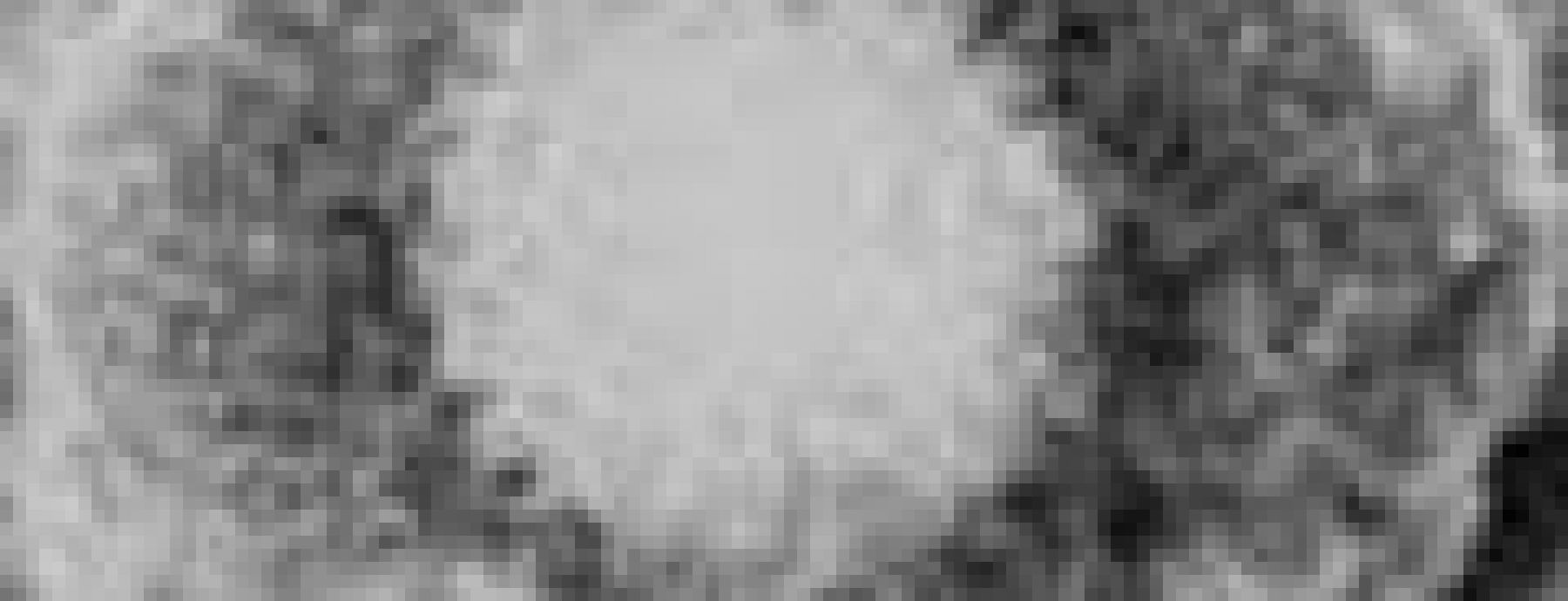When a mammal is infected with a virus, its innate immune system can swing into action within minutes.
Many host cells involved in the immune response produce cytokines — small, soluble proteins that have a variety of functions, such as inducing inflammation.
Interferon Beta is a cytokine produced by a wide variety of cells; a host cell encountering Interferon Beta becomes much less likely to be infected by a virus.
Bryan Grenfell and collaborators have now investigated how Interferon Beta can affect the spatial spread of viral infections within a host.
Using an in vitro experimental system, the researchers inoculated monolayers of host cells with Herpes simplex virus 1 (pictured).
- The virus killed some cells; daughter virions then moved to infect nearby cells. Thus, plaques of dead host cells formed.
- The growth of the plaques was eventually halted and reversed as the host cells began to produce Interferon Beta.
- The maximal area of the plaque and the time to recover depended on the quantity of virus in the inoculum and on the amount of Interferon Beta in the system.
The researchers produced a simple mathematical model that described the observed experimental data. This is one of the first models of within-host spatial interactions between viruses and cytokines.
Written By: Tom J. Howat, Cristina Barreca, Peter O'Hare, Julia R. Gog, & Bryan T. Grenfell
Paper Url: http://journals.royalsociety.org/content/466635473310x552/
Journal: 3: 699-709
Journal Reference: 3: 699-709
Paper Id: 10.1098/rsif.2006.0136
